Home>Furniture & Design>Interior Design Trends>How To Remove Decal From Glass
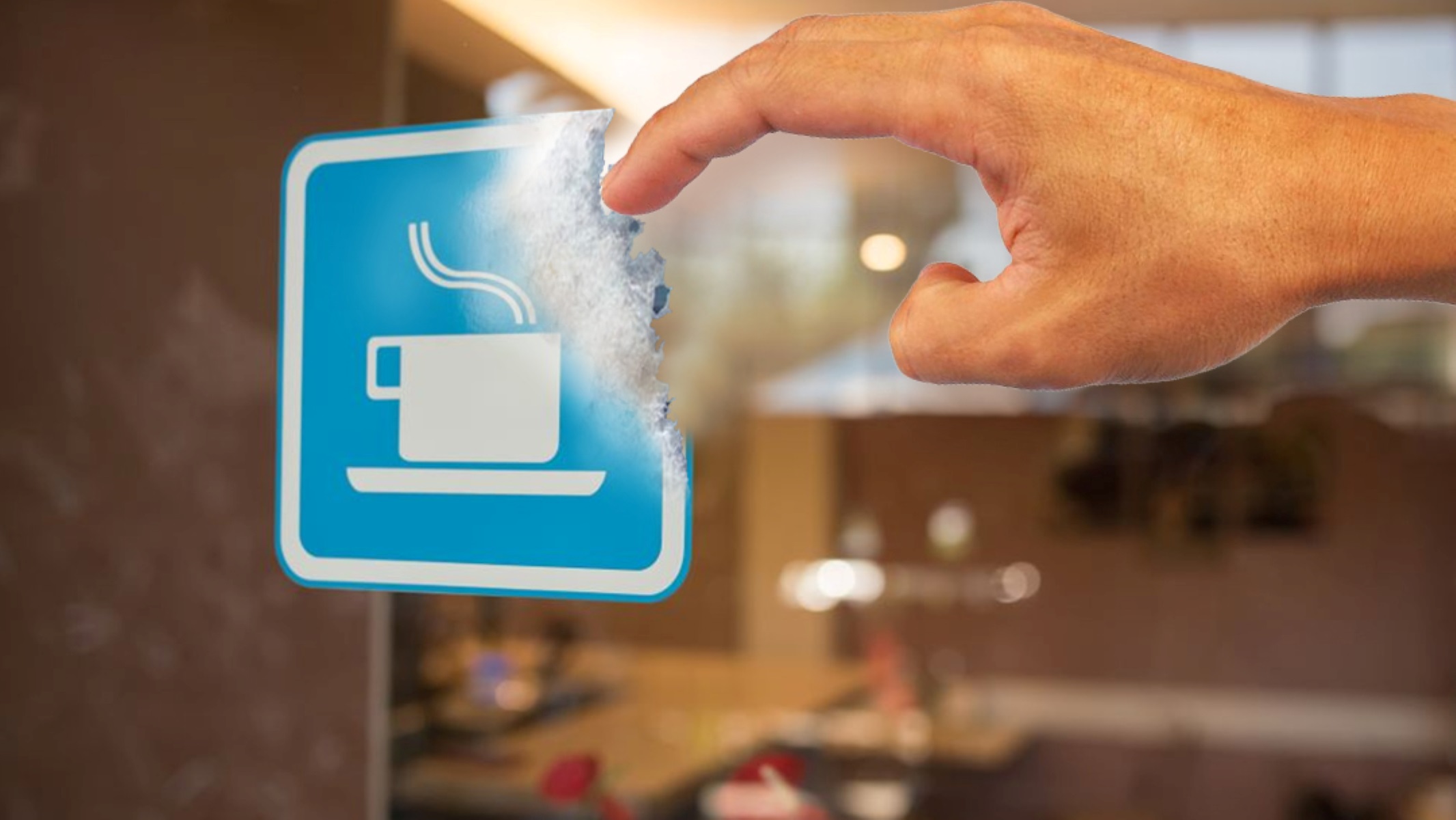

Interior Design Trends
How To Remove Decal From Glass
Published: February 5, 2024
Learn how to effectively remove decals from glass surfaces with our expert interior design tips. Keep up with the latest interior design trends!
(Many of the links in this article redirect to a specific reviewed product. Your purchase of these products through affiliate links helps to generate commission for Storables.com, at no extra cost. Learn more)
Introduction
Removing decals from glass can be a challenging task, especially when you want to preserve the pristine appearance of the glass surface. Whether you're dealing with stubborn stickers on your windows, glassware, or mirrors, it's essential to approach the removal process with care to avoid damaging the glass. Fortunately, there are several effective methods for safely removing decals from glass, each with its own set of advantages. By understanding these techniques and the materials required, you can confidently restore your glass surfaces to their original luster without leaving behind any unsightly residue. Let's explore the various methods and materials needed to tackle this common household dilemma.
Key Takeaways:
- Say goodbye to stubborn decals on glass by using heat, vinegar, rubbing alcohol, or Goo Gone. Each method offers a unique approach to restoring glass surfaces to their original pristine state, free from unsightly residue.
- Whether it’s gentle heat or the power of vinegar and rubbing alcohol, removing decals from glass is a versatile and effective process. With the right materials and methods, you can bid farewell to stubborn decals and preserve the pristine appearance of your glass surfaces.
Read more: How To Remove Decals From Glass
Materials Needed
When it comes to removing decals from glass, having the right materials at your disposal can make the process much smoother and more effective. Here are the essential items you'll need to successfully tackle this task:
-
Hair Dryer or Heat Gun: Using heat is a popular method for loosening the adhesive of decals on glass. A hair dryer or heat gun can help soften the adhesive, making it easier to peel off the decal without leaving residue behind.
-
Vinegar: This household staple is known for its versatility in cleaning and removing stubborn residues. When diluted with water, vinegar can be an effective solution for dissolving the adhesive of decals on glass.
-
Rubbing Alcohol: Also known as isopropyl alcohol, this solvent is excellent for breaking down adhesives. It's particularly useful for removing sticky residue left behind after peeling off decals.
-
Goo Gone or Similar Adhesive Remover: A specialized adhesive remover like Goo Gone can be highly effective in dissolving tough adhesives without damaging the glass surface. Look for a product specifically designed for use on glass.
-
Microfiber Cloth or Soft Towel: Having a soft, lint-free cloth on hand is essential for wiping and buffing the glass surface during the decal removal process. This helps ensure a clean and streak-free finish.
-
Plastic Razor Blade or Plastic Scraper: A plastic razor blade or scraper can be used to gently lift the edges of the decal without scratching or damaging the glass. It's a safer alternative to metal blades, especially on delicate glass surfaces.
-
Warm, Soapy Water: Before and after using any removal method, having warm, soapy water available is crucial for cleaning the glass surface and removing any remaining adhesive or residue.
-
Protective Gloves: Depending on the removal method and the products used, it's advisable to wear protective gloves to safeguard your skin from potential irritation or chemical exposure.
By ensuring you have these materials on hand, you'll be well-equipped to tackle the task of removing decals from glass surfaces effectively and safely. Each item plays a crucial role in the various removal methods, allowing you to choose the approach that best suits your specific needs and preferences.
Method 1: Using Heat
Using heat is a widely favored method for removing decals from glass due to its effectiveness in softening the adhesive, making it easier to peel off the decal without leaving behind residue. This approach is particularly beneficial for large or stubborn decals that are firmly adhered to the glass surface. To execute this method, you will need a hair dryer or heat gun, a plastic razor blade or scraper, and a microfiber cloth or soft towel.
Begin by plugging in the hair dryer or heat gun and setting it to a medium or high heat setting. Hold the device a few inches away from the decal, ensuring that the heat is evenly distributed across the surface. Move the hair dryer or heat gun back and forth over the decal, focusing on one section at a time. The goal is to gently warm the adhesive, which will gradually loosen its grip on the glass.
As the adhesive begins to soften, carefully use a plastic razor blade or scraper to lift the edges of the decal. It's crucial to exercise caution and avoid applying excessive force to prevent scratching or damaging the glass. Once the edges are lifted, continue applying heat while slowly peeling off the decal. If resistance is encountered, pause and apply more heat to the stubborn areas before resuming the peeling process.
After successfully removing the decal, any remaining adhesive residue can be addressed by reheating the affected areas and gently wiping them with a microfiber cloth or soft towel. This helps to lift and absorb the softened adhesive, leaving the glass surface clean and smooth.
Using heat to remove decals from glass is a gentle yet effective method that minimizes the risk of damaging the glass while achieving a residue-free finish. By following these steps and exercising patience, you can restore the glass to its original pristine state, free from unsightly decals and adhesive remnants.
Method 2: Using Vinegar
Using vinegar as a natural and versatile solution for removing decals from glass is a popular and effective method that harnesses the acidic properties of this household staple. Vinegar, particularly white distilled vinegar, is renowned for its cleaning prowess and its ability to dissolve stubborn residues, making it an ideal choice for tackling adhesive remnants left behind by decals on glass surfaces.
To initiate the decal removal process using vinegar, you will need a few key items, including white distilled vinegar, water, a spray bottle, a plastic razor blade or scraper, and a microfiber cloth or soft towel. Begin by creating a vinegar solution by diluting the vinegar with an equal amount of water in the spray bottle. This diluted solution helps to mitigate the strong acidic nature of the vinegar while retaining its adhesive-dissolving properties.
Once the vinegar solution is prepared, generously spray it onto the decal, ensuring that the entire surface is thoroughly saturated. Allow the solution to sit and penetrate the adhesive for several minutes, enabling it to effectively weaken the bond between the decal and the glass. The acidic nature of the vinegar works to break down the adhesive, making it easier to lift and remove the decal without leaving behind residue.
After allowing sufficient time for the vinegar solution to work its magic, gently use a plastic razor blade or scraper to lift the edges of the decal from the glass surface. Exercise caution to avoid applying excessive pressure, as the goal is to lift the decal without scratching or damaging the glass. As the edges are lifted, continue to peel off the decal, taking care to work slowly and methodically to minimize the risk of leaving behind adhesive remnants.
Once the decal is successfully removed, any residual adhesive can be addressed by applying the vinegar solution directly to the affected areas and gently wiping them with a microfiber cloth or soft towel. This helps to dissolve and lift the remaining adhesive, leaving the glass surface clean and free from sticky residue.
Using vinegar to remove decals from glass presents a natural and cost-effective approach that is gentle on the glass while effectively combating adhesive remnants. By harnessing the power of vinegar and following these steps, you can restore your glass surfaces to their original pristine condition, free from the remnants of stubborn decals.
Soak a cloth in warm, soapy water and place it over the decal for 10-15 minutes. Gently peel off the decal and use a razor blade to scrape off any remaining residue.
Method 3: Using Rubbing Alcohol
Utilizing rubbing alcohol as a potent solvent for removing decals from glass is a highly effective method that capitalizes on the adhesive-dissolving properties of this readily available substance. Rubbing alcohol, also known as isopropyl alcohol, is renowned for its ability to break down adhesives and residues, making it an invaluable ally in the battle against stubborn decals on glass surfaces.
To embark on the decal removal journey using rubbing alcohol, you will need a few essential items, including rubbing alcohol, a spray bottle, a plastic razor blade or scraper, and a microfiber cloth or soft towel. Begin by pouring a generous amount of rubbing alcohol into the spray bottle, ensuring that it is adequately filled to facilitate thorough application.
Once the rubbing alcohol is prepared, proceed to generously spray it onto the decal, ensuring that the entire surface is evenly coated. The alcohol swiftly penetrates the adhesive, effectively weakening its grip on the glass and facilitating the subsequent removal process. Allow the rubbing alcohol to sit and work its magic for a few minutes, enabling it to dissolve the adhesive and make the decal easier to lift and peel off.
After allowing sufficient time for the rubbing alcohol to exert its adhesive-dissolving prowess, gently use a plastic razor blade or scraper to lift the edges of the decal from the glass surface. Exercise caution to avoid applying excessive pressure, as the goal is to lift the decal without causing any damage to the glass. As the edges are lifted, continue to peel off the decal, ensuring a steady and deliberate approach to minimize the risk of leaving behind adhesive remnants.
Once the decal is successfully removed, any residual adhesive can be addressed by applying additional rubbing alcohol directly to the affected areas and gently wiping them with a microfiber cloth or soft towel. This meticulous process ensures that any lingering adhesive is effectively dissolved and lifted, leaving the glass surface impeccably clean and free from sticky residue.
Employing rubbing alcohol to remove decals from glass presents a powerful and efficient approach that effectively combats adhesive remnants while safeguarding the integrity of the glass surface. By harnessing the adhesive-dissolving properties of rubbing alcohol and following these steps diligently, you can restore your glass surfaces to their original pristine condition, devoid of the remnants of stubborn decals.
Read more: How To Remove Car Decals From Windows
Method 4: Using Goo Gone
When it comes to tackling stubborn decals on glass surfaces, Goo Gone emerges as a formidable ally in the battle against adhesive residues. This specialized adhesive remover is formulated to dissolve and eliminate tough adhesives without compromising the integrity of the glass. Leveraging the power of Goo Gone in the decal removal process can yield impressive results, restoring glass surfaces to their original luster while effectively eradicating the remnants of persistent decals.
To initiate the decal removal process using Goo Gone, you will need a bottle of Goo Gone or a similar adhesive remover specifically designed for use on glass, a microfiber cloth or soft towel, and a plastic razor blade or scraper. Goo Gone is renowned for its ability to break down and dissolve adhesives, making it an ideal choice for addressing stubborn decals that have firmly adhered to glass surfaces.
Begin by applying a small amount of Goo Gone directly onto the decal, ensuring that the entire surface is adequately coated. The specialized formula of Goo Gone swiftly penetrates the adhesive, effectively weakening its bond with the glass and facilitating the subsequent removal process. Allow the Goo Gone to sit and work its magic for a few minutes, enabling it to dissolve the adhesive and make the decal easier to lift and peel off.
After allowing sufficient time for the Goo Gone to exert its adhesive-dissolving prowess, gently use a plastic razor blade or scraper to lift the edges of the decal from the glass surface. Exercise caution to avoid applying excessive pressure, as the goal is to lift the decal without causing any damage to the glass. As the edges are lifted, continue to peel off the decal, ensuring a steady and deliberate approach to minimize the risk of leaving behind adhesive remnants.
Once the decal is successfully removed, any residual adhesive can be addressed by applying additional Goo Gone directly to the affected areas and gently wiping them with a microfiber cloth or soft towel. This meticulous process ensures that any lingering adhesive is effectively dissolved and lifted, leaving the glass surface impeccably clean and free from sticky residue.
Employing Goo Gone to remove decals from glass presents a powerful and efficient approach that effectively combats adhesive remnants while safeguarding the integrity of the glass surface. By harnessing the adhesive-dissolving properties of Goo Gone and following these steps diligently, you can restore your glass surfaces to their original pristine condition, devoid of the remnants of stubborn decals.
Conclusion
In conclusion, the process of removing decals from glass surfaces encompasses a diverse array of methods, each offering its own unique advantages and efficacy. Whether utilizing the gentle application of heat, harnessing the natural power of vinegar, leveraging the adhesive-dissolving properties of rubbing alcohol, or employing specialized adhesive removers like Goo Gone, the goal remains consistent: to restore glass surfaces to their original pristine state while effectively eradicating the remnants of stubborn decals.
It's important to recognize that the choice of method may depend on various factors, including the type of decal, the extent of adhesion, and personal preferences. The utilization of heat, often in the form of a hair dryer or heat gun, presents a gentle and versatile approach that effectively softens adhesive, making it easier to peel off decals without leaving residue behind. This method is particularly beneficial for large or stubborn decals firmly adhered to glass surfaces.
Furthermore, the natural prowess of vinegar as a cleaning and adhesive-dissolving agent offers a cost-effective and environmentally friendly solution for decal removal. By creating a diluted vinegar solution and allowing it to penetrate the adhesive, the process becomes more manageable, resulting in a residue-free glass surface.
For those seeking a potent solvent to combat adhesive residues, rubbing alcohol emerges as a formidable ally in the decal removal process. Its ability to break down adhesives effectively facilitates the lifting and peeling off of decals, culminating in a clean and pristine glass surface.
Lastly, the utilization of specialized adhesive removers like Goo Gone presents a powerful and efficient approach, particularly suited for addressing tough adhesives without compromising the integrity of the glass. This method is ideal for stubborn decals that require a more targeted and potent solution.
In essence, the successful removal of decals from glass surfaces hinges on the careful selection of materials and methods, as well as the meticulous execution of each step. By understanding the nuances of each approach and the materials required, individuals can confidently embark on the decal removal journey, restoring their glass surfaces to their original luster while bidding farewell to the remnants of persistent decals.
Ultimately, the versatility and effectiveness of these methods underscore the importance of approaching decal removal with care and precision, ensuring that glass surfaces retain their pristine appearance, free from the unsightly remnants of stubborn decals.
Frequently Asked Questions about How To Remove Decal From Glass
Was this page helpful?
At Storables.com, we guarantee accurate and reliable information. Our content, validated by Expert Board Contributors, is crafted following stringent Editorial Policies. We're committed to providing you with well-researched, expert-backed insights for all your informational needs.
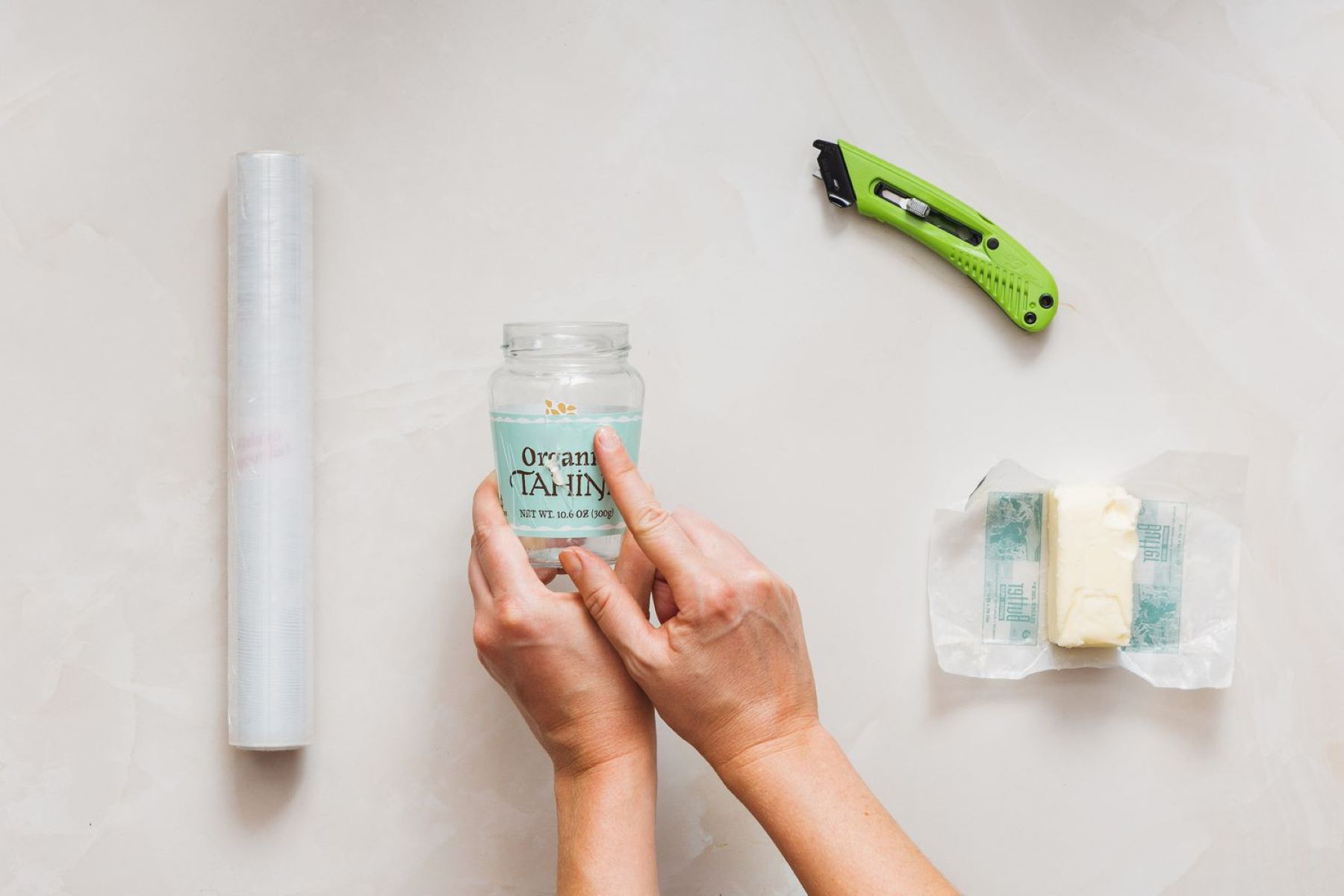
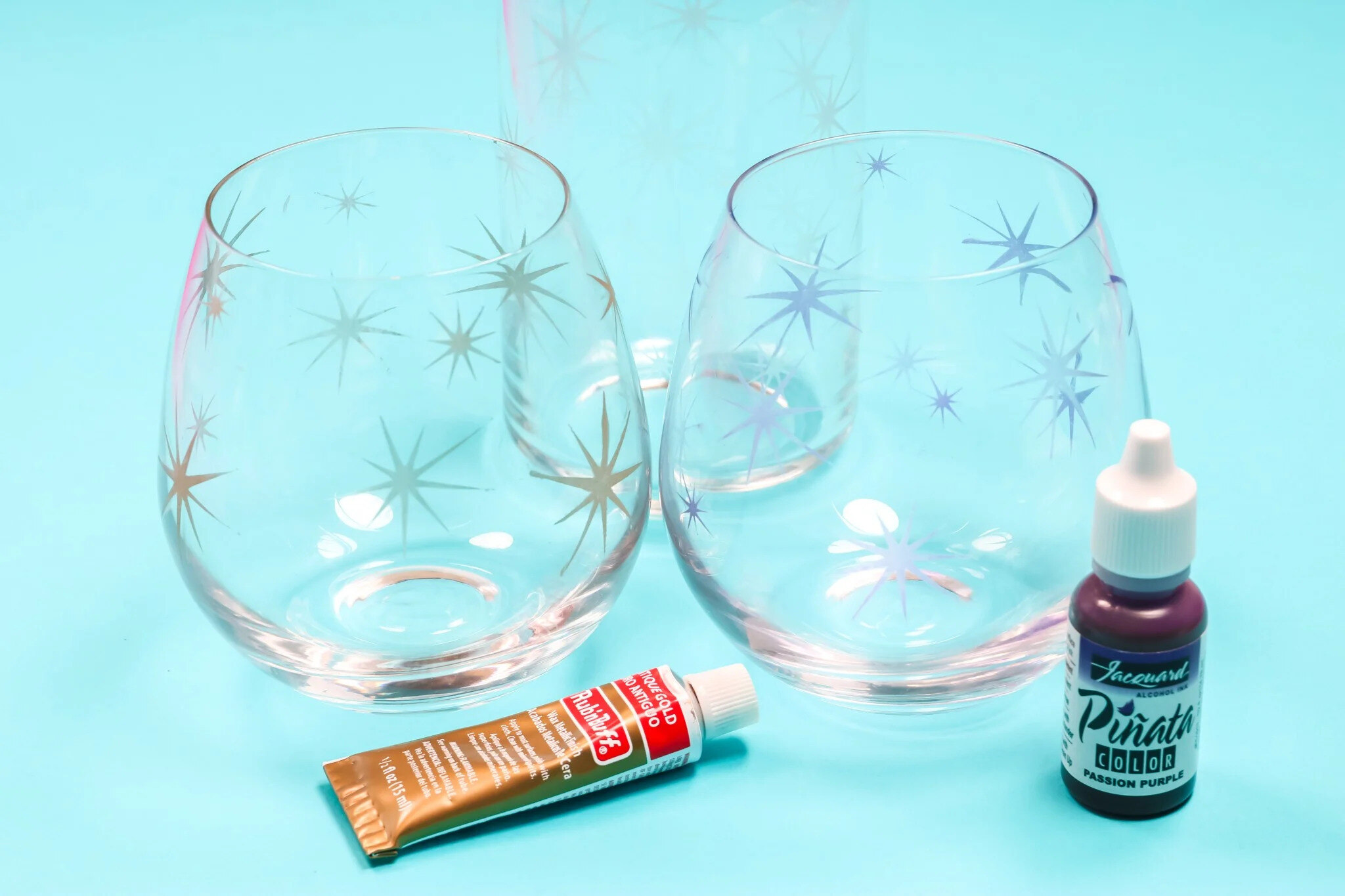
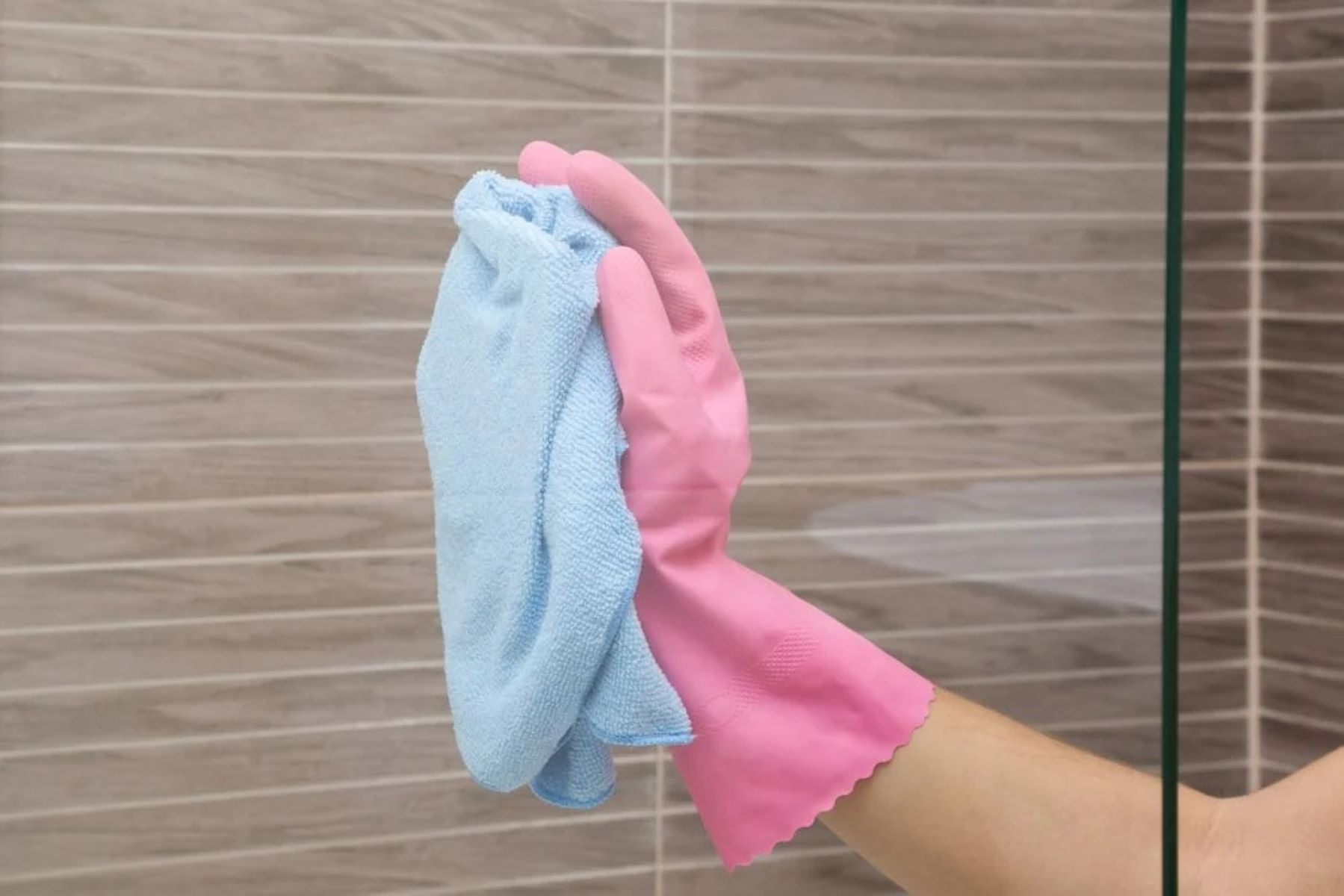
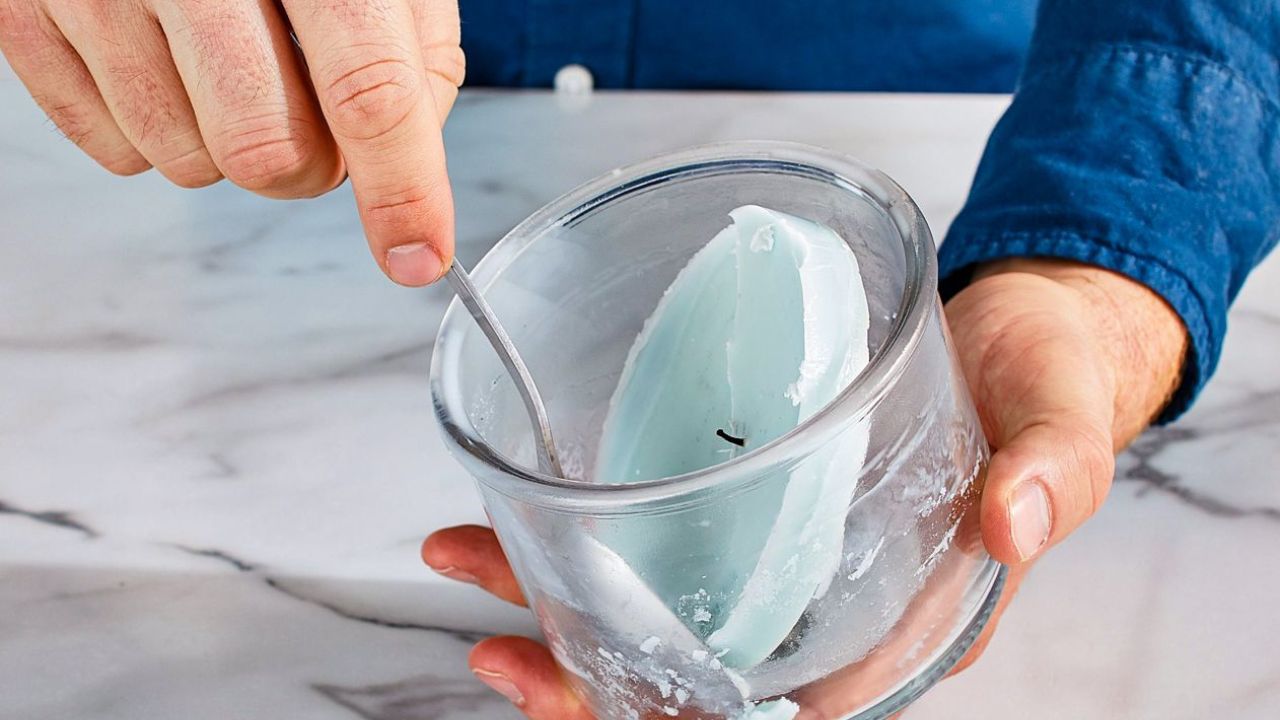
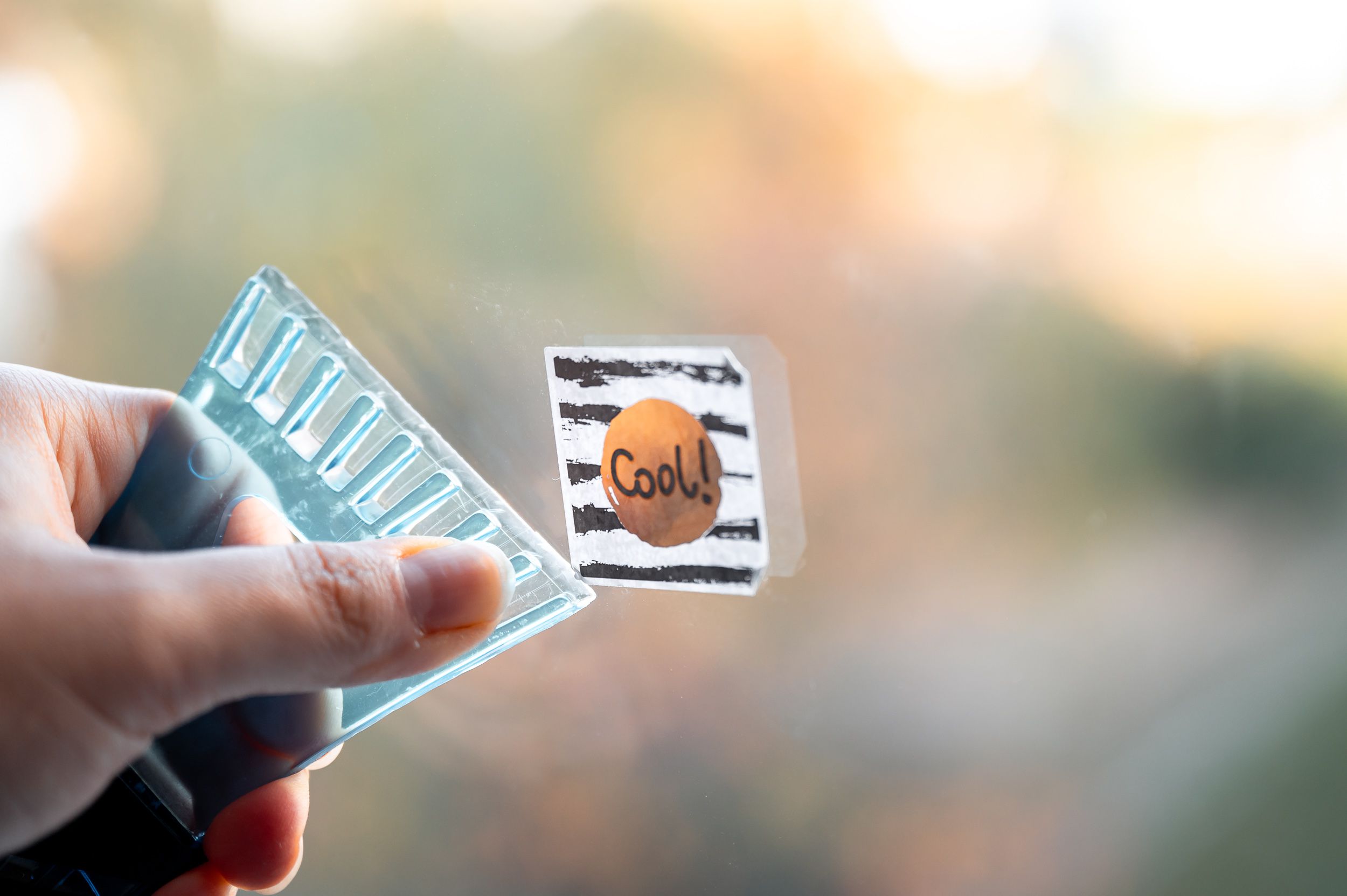
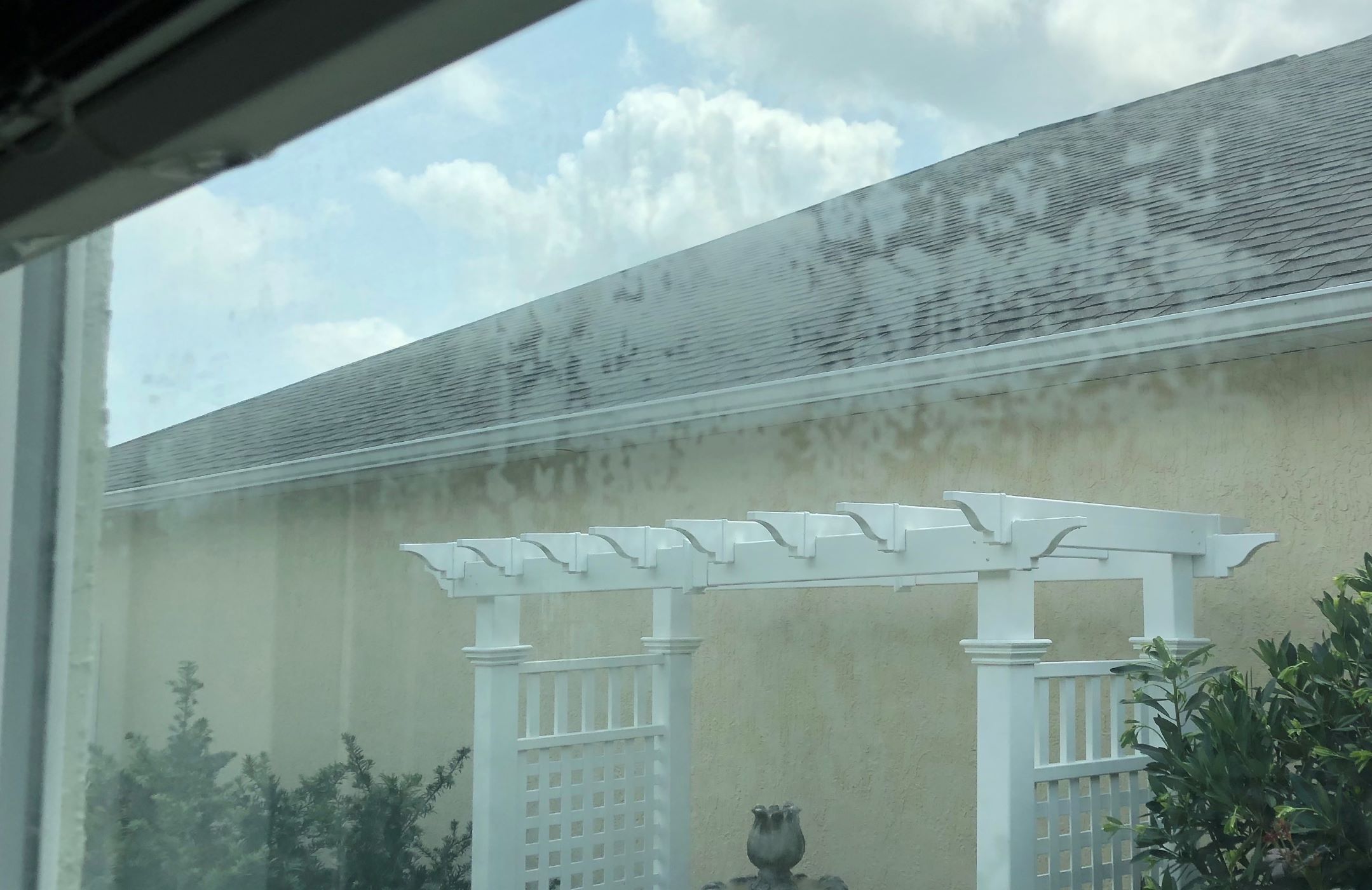
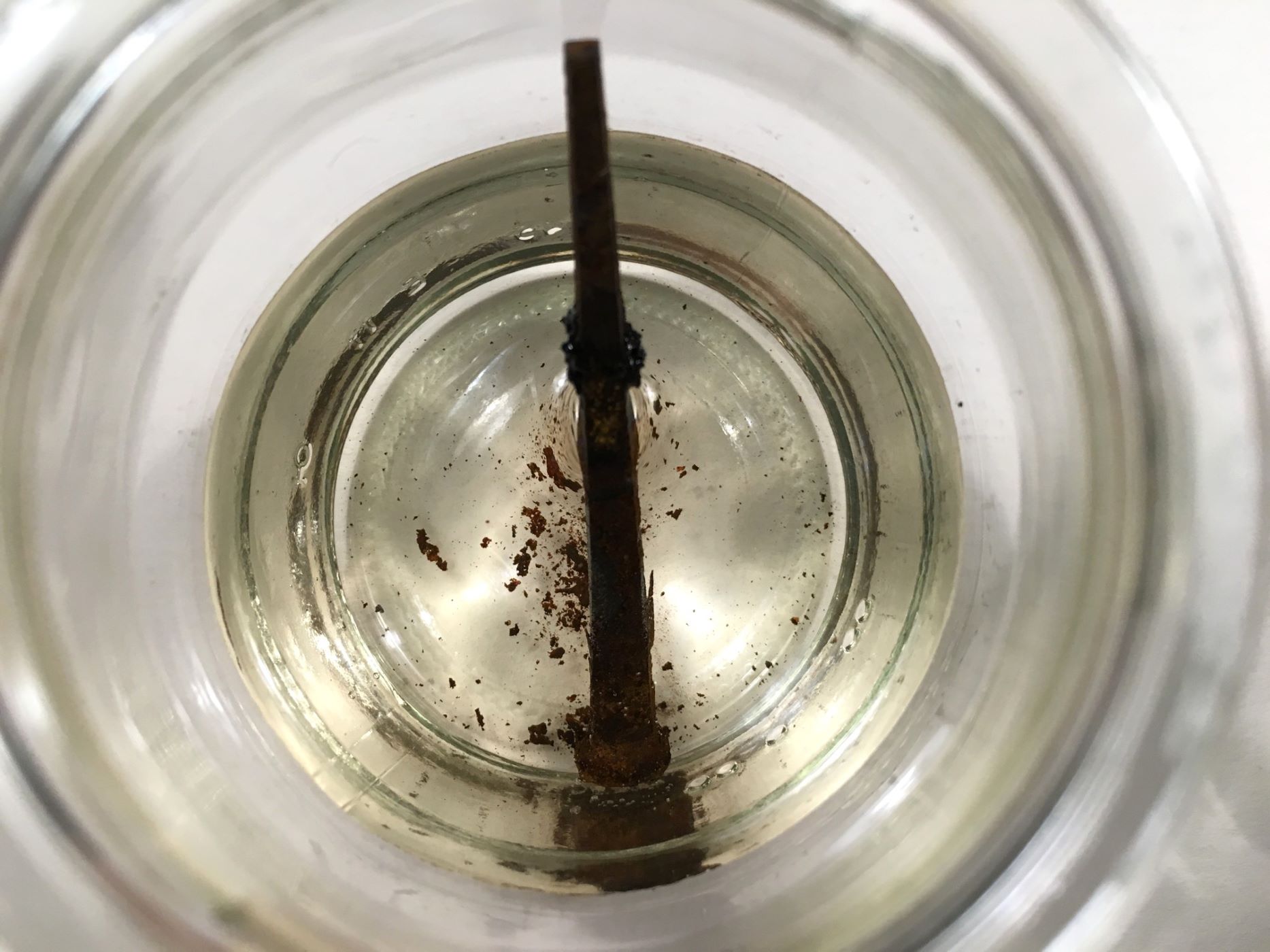
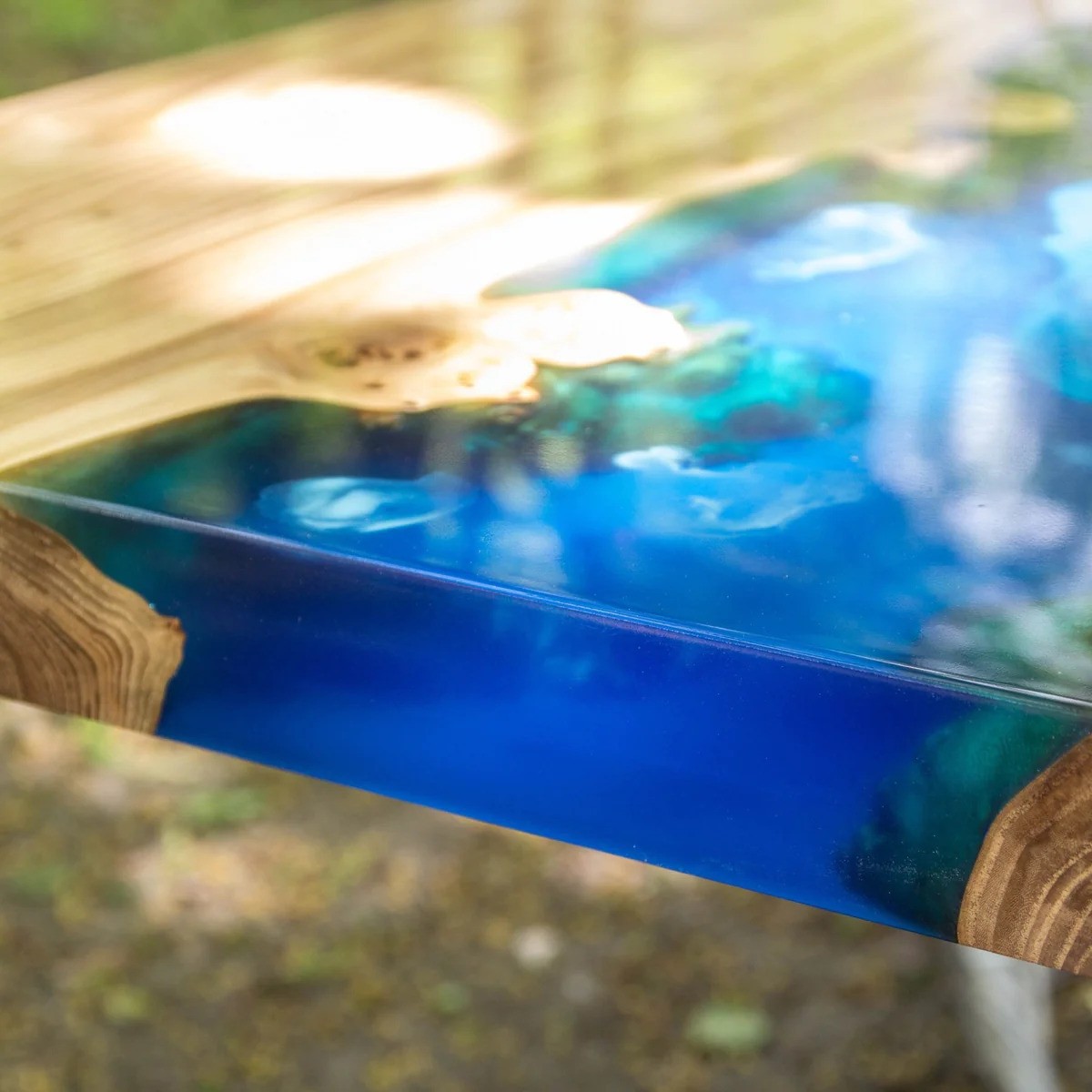
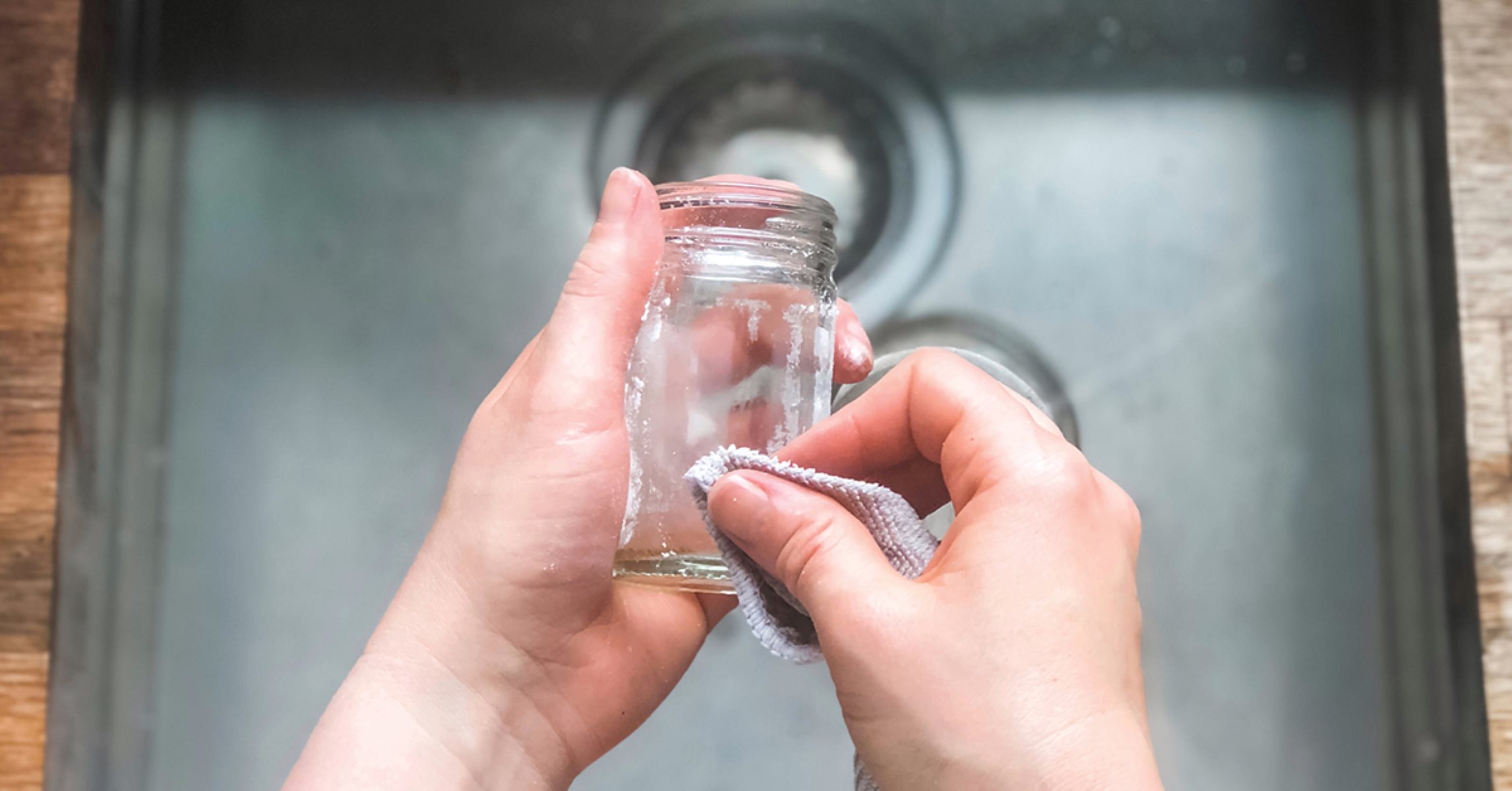
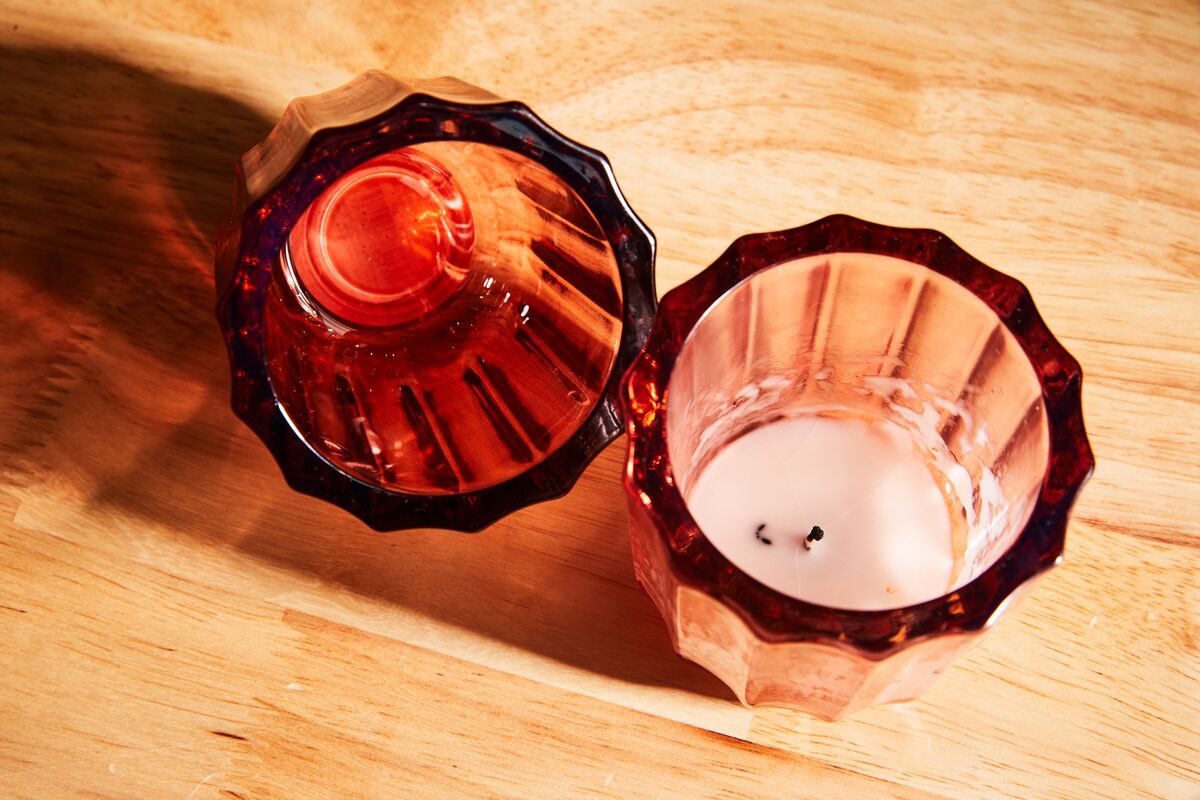
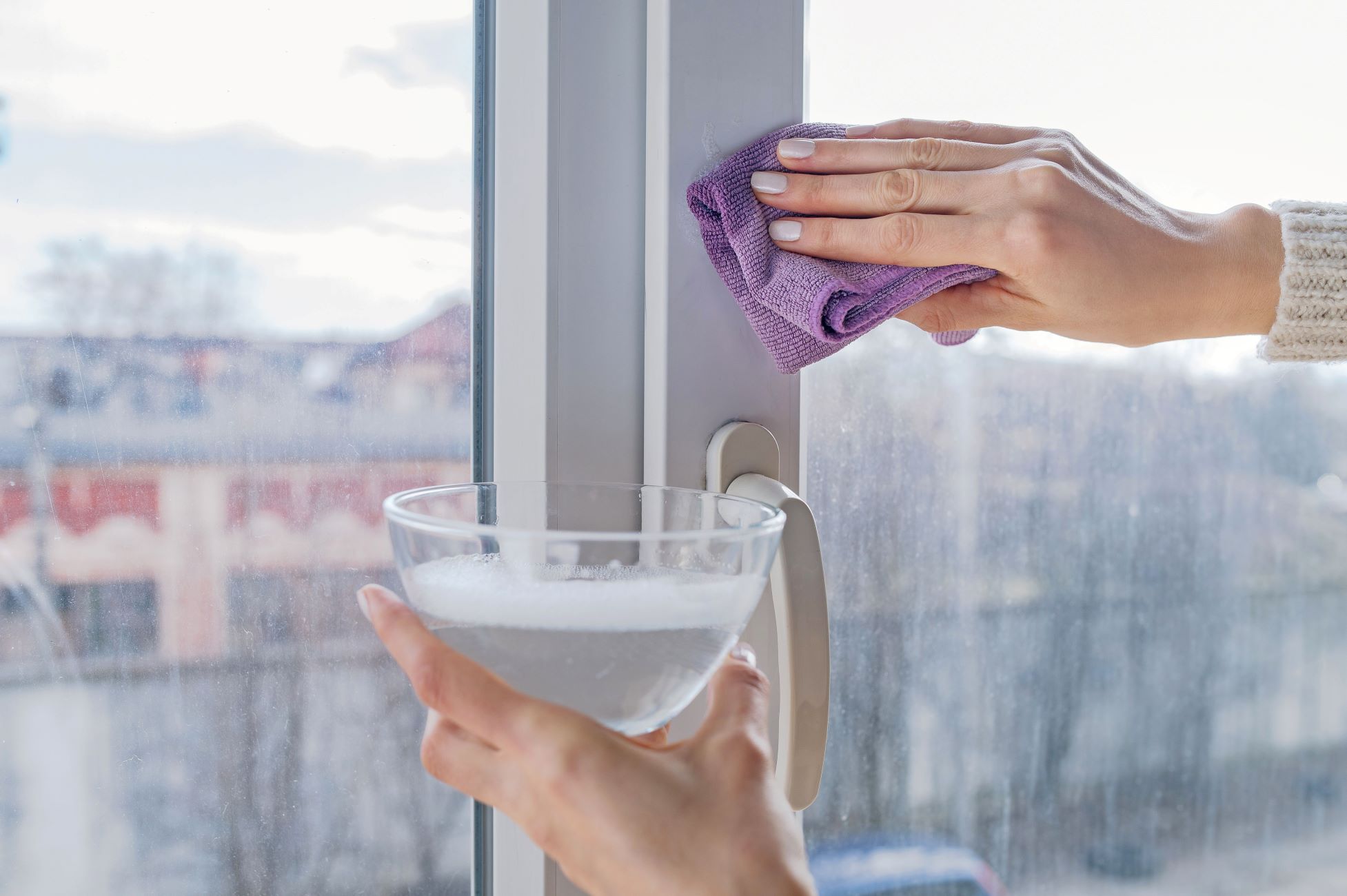
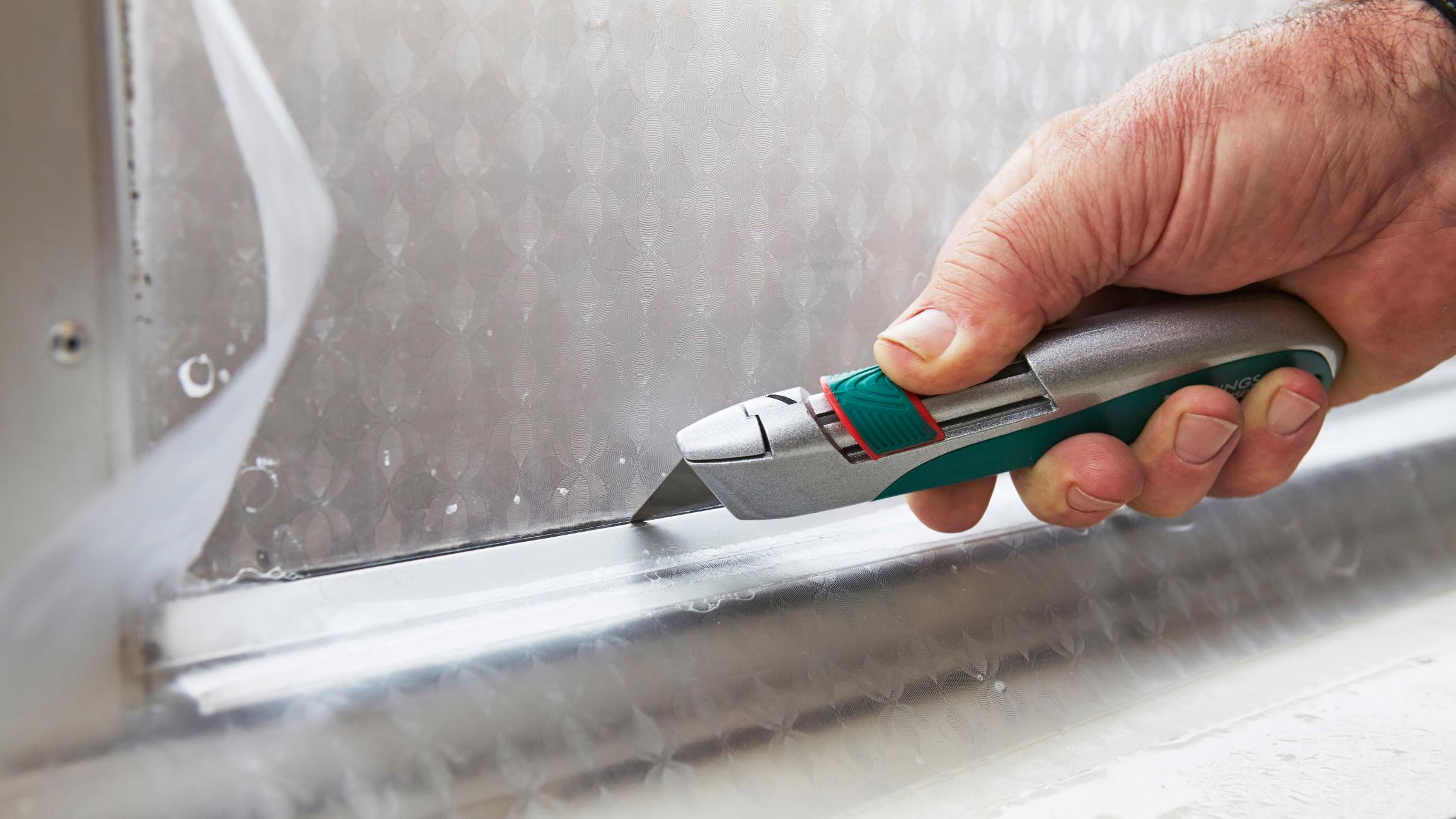
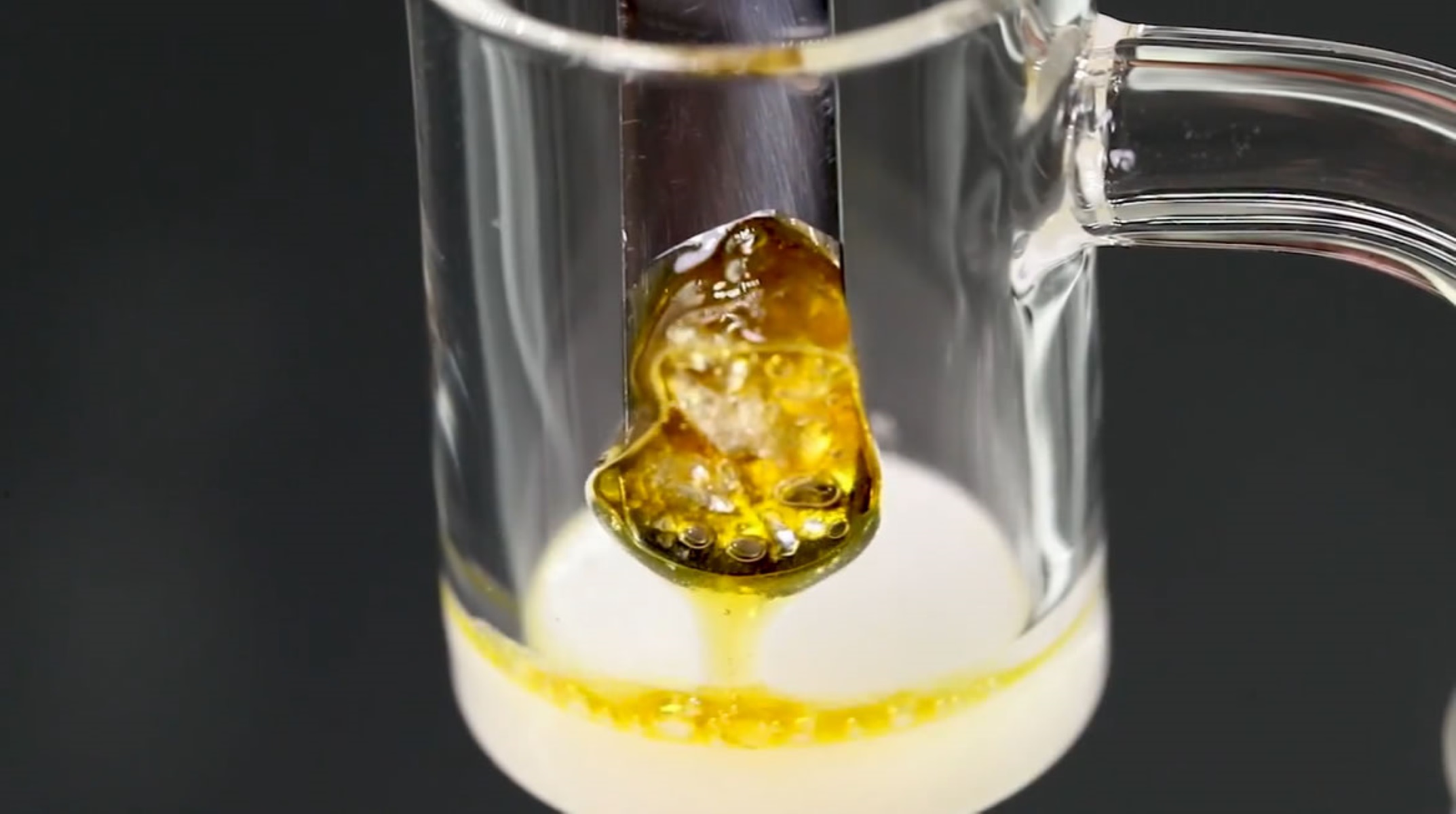
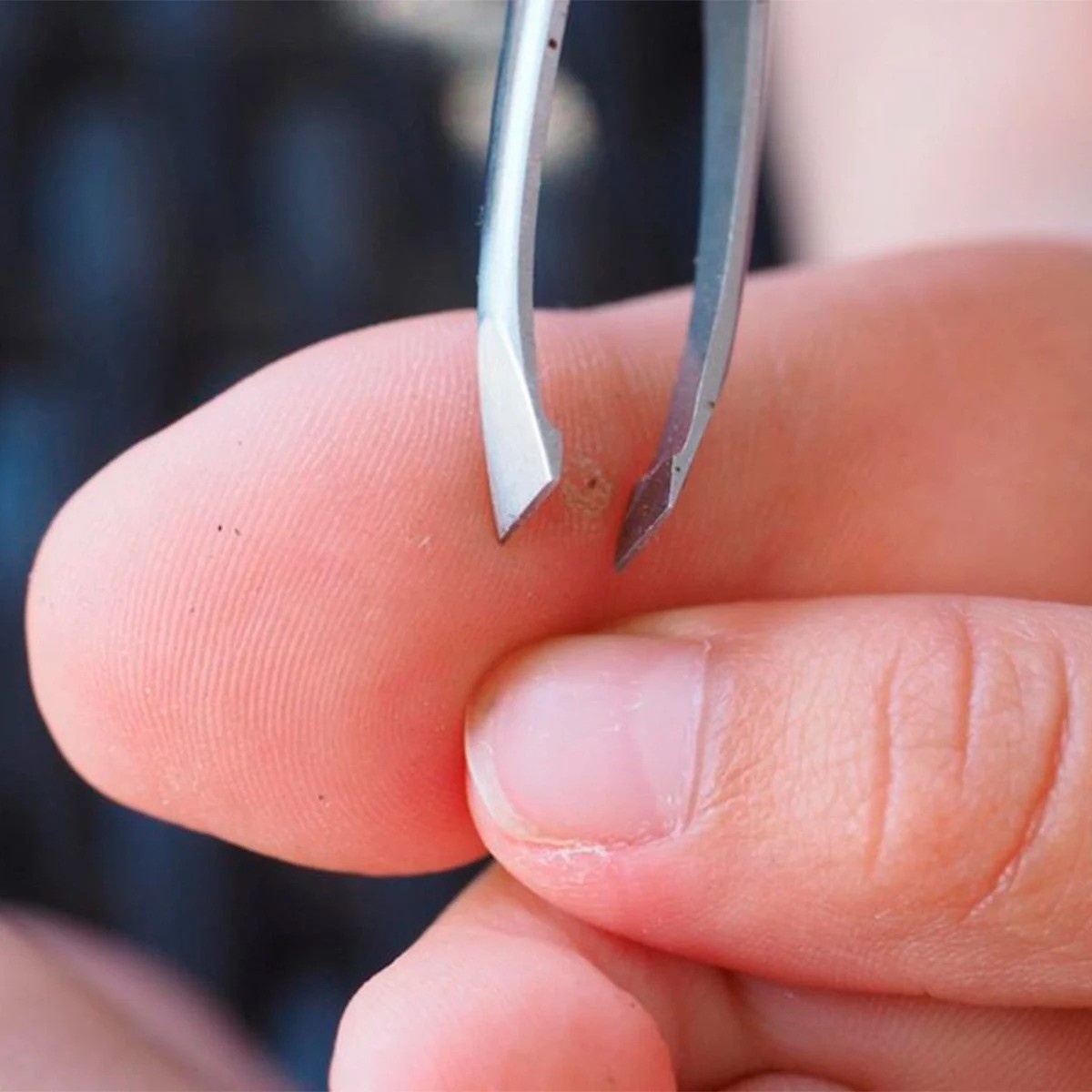

0 thoughts on “How To Remove Decal From Glass”